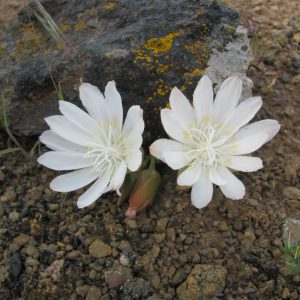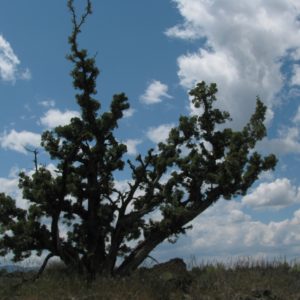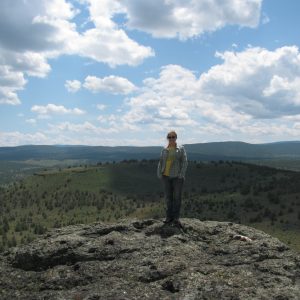After a very short stint at the NPS office in Fort Collins, three days to be exact, I headed out to Chicago for the intern training week. This was a good opportunity to see what else other interns are working on, where they’re located and the diversity of backgrounds we have. It was a great chance to talk with similar minded folks and see where they’re thoughts lie on the internship as well as where they’ve been and where they’re headed.
I returned to Colorado to start digging into my project full-time. I am putting together a database on invasive species for the both Park-personnel and ultimately public access. The odd part is that the parks I am researching are on the Great Lakes. I work under the Ocean and Coastal Resources Branch in the Fort Collins NPS Natural Resources office, so while it’s out of place for lake research, my supervising team fits the task. I had a chance to get a brief look at Lake Michigan while at the CBG conference, but that will be my only contact with the locale of my work.
The goal of the project is straightforward: gather information to form a database on invasives in order to raise the level of awareness of invasives in the National Parks. This will hopefully elevate the status of concern and action for the parks workers. I have been collecting data from multiple sources, including National Parks species surveys, USGS data (in GIS and spreadsheet form) and various articles. We are restricting the list to only aquatic and wetland species (with a couple exceptions), so there is extensive filtering of the data to be done. I am mostly through the initial list of established invaders of the Parks proper, and am expanding to potential invaders from within the lakes system.
Outside of work, my placement in northern Colorado has been a blessing. While my field work is restricted to a few days of pika monitoring in Rocky Mtn. National Park next month, I have ample time to explore the wilderness outside of office time. My house is 5 miles from the base of the front range, I’m an hour from Rocky Mtn. NP, and the town itself is great.
While most of my fellow interns are spread to remote locations throughout the west, I’m in the minority of living in a decent sized city. Though not urban by any stretch, there are plenty of people here and downtown offers lots of entertainment. Mostly I’ve filled my time with running, hiking, biking around town, and driving through the mountain roads to the west. My supervisor is encouraging me to check out some of the National parks south and west of here, so I’ll certainly be doing that some weekends.
I’m off backpacking tomorrow to seek out the remaining snow capped peaks in the Indian Peaks Wilderness area, west of Boulder. Colorado has a lot to offer and I’m hoping to expand my range and scope out some new spots now that I’m settled in the west.













